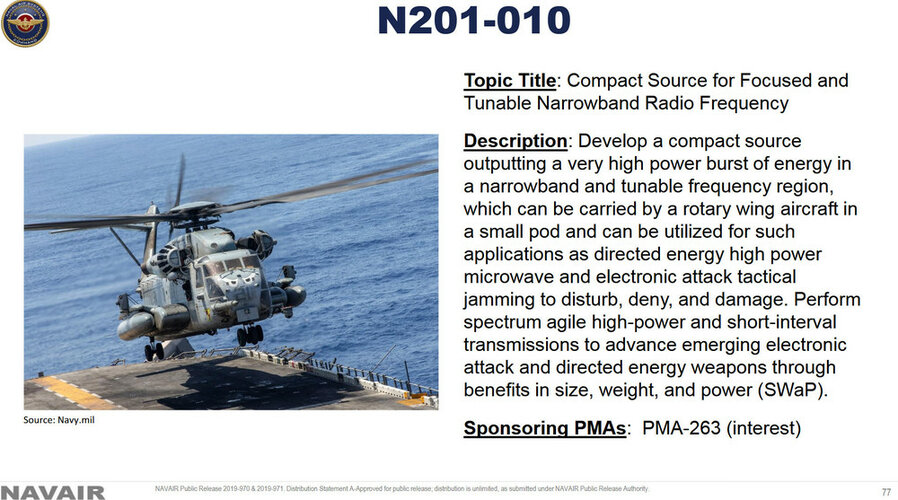- Joined
- 18 May 2019
- Messages
- 640
- Reaction score
- 1,673
Raytheon Co. Missile Systems, Tucson, Arizona, has been awarded a $16,289,702 agreement for one prototype Phaser high power microwave system. This agreement provides for outside continental U.S. (OCONUS) field assessment for purposes of experimentation. Experimentation includes, but is not limited to 12 months of in-field operation by Air Force personnel against unmanned aerial systems threats.
Contracts for September 23, 2019
Today's Defense Department contracts valued at $7 million or more are now live on Defense.gov.
www.defense.gov







